BUNNY BERIGAN
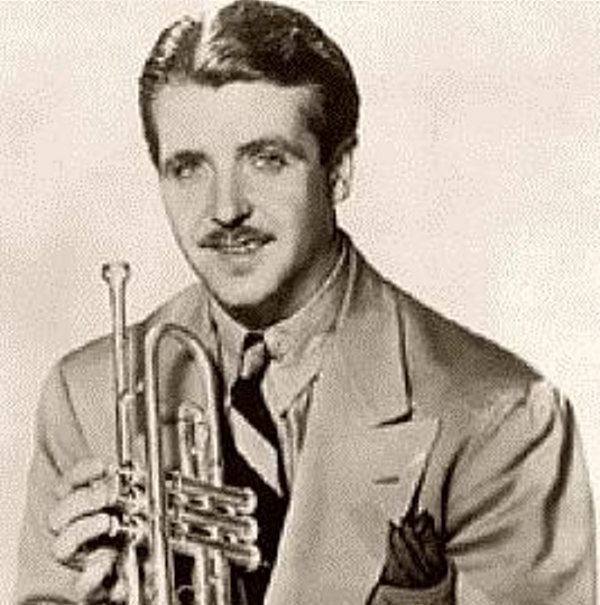
Biography
Shortly after the Kemp unit returned to the U.S. in late 1930, Bunny Berigan, like fellow trumpeter Manny Klein, the Dorsey Brothers and Artie Shaw, became a sought-after studio musician in New York. Fred Rich, Freddy Martin and Ben Selvin were just some conductors who sought his services for record dates. He joined the staff of CBS radio network musicians in early 1931. Berigan recorded his first vocal, “At Your Command,” with Rich that year. From late 1932 through late 1933, Bunny Berigan was a member of Paul Whiteman’s orchestra, before playing with Abe Lyman’s band briefly in 1934.
He returned to freelancing in the New York recording studios and working on staff at CBS radio in 1934. He recorded as a sideman on hundreds of commercial records, most notably with the Dorsey Brothers and on Glenn Miller’s earliest recording date as a leader in 1935, playing on “Solo Hop”. At the same time, however, Bunny Berigan made an association that began his ascent to fame in his own right: he joined Benny Goodman’s jazz oriented dance band.
In 1937, Bunny Berigan assembled a band to record and tour under his name, picking the then-little known Ira Gershwin/Vernon Duke composition, “I Can’t Get Started” as his theme song. Berigan’s bravura trumpet work and curiously attractive vocal made his recorded performance of it for Victor the biggest hit of his career. Berigan modeled his trumpet style in part on Louis Armstrong’s style, and often acknowledged Armstrong as his own idol, but he was no Armstrong clone. He had a trumpet sound that was unique, and very individual jazz ideas. Armstrong, for his part, recognized Berigan’s talents, and praised them both before and after Berigan’s death.
Bunny Berigan got the itch to lead his own band full-time and did so from early 1937 until June of 1942, with one six-month hiatus in 1940, when he became a sideman in Tommy Dorsey’s band. Some of the records he made with his own bands were equal in quality to the sides he cut with Goodman and Dorsey. But a series of misfortunes as well as Berigan’s alcoholism worked against his financial success as a bandleader. Bunny also began a torrid affair with singer Lee Wiley in 1936, which lasted into 1940. The various stresses of bandleading drove Berigan to drink even more heavily. Nevertheless, musicians considered him an excellent bandleader. Among the notable players who worked in the Berigan band were: drummersBuddy Rich, Dave Tough, George Wettling, Johnny Blowers, and Jack Sperling; alto saxophonists/clarinetistsGus Bivona, Joe Dixon, and Andy Fitzgerald; vocalistsDanny Richards, Ruth Bradley and Kathleen Lane; pianistJoe Bushkin, trombonist/arrangerRay Conniff, trombonist Sonny Lee; bassists Hank Wayland, and Morty Stulmaker, trumpeters Carl”Bama” Warwick, Steve Lipkins, and Les Elgart; tenor saxophonists Georgie Auld,and Don Lodice; and pianist/arrangerJoe Lippman.
Bunny Berigan was regularly featured on CBS Radio’s Saturday Night Swing Club broadcasts from 1936 into 1937. This network radio show helped further popularize jazz as the swing era reached its apogee. For the balance of the 1930s, he sometimes appeared on this program as a guest.
Berigan’s business troubles drove him to declare bankruptcy in 1939, and shortly after to join Tommy Dorsey as a featured jazz soloist. By September of 1940, Berigan briefly led a new small group, but soon reorganized a touring big band. Berigan led moderately successful big bands from the fall of 1940 into early 1942, and was on the comeback trail when his health declined alarmingly. In April of 1942, Berigan was hospitalized with pneumonia in Pittsburgh, Pennsylvania. But his doctors discovered worse news: that cirrhosis had severely damaged his liver. He was advised to stop drinking and stop playing the trumpet for an undetermined length of time. Berigan couldn’t do either. He returned to his band on tour, and played for a few weeks before he returned to New York City and suffered a massive hemorrhage on May 31, 1942. He died two days later in Polyclinic Hospital at age 33. He was survived by his wife, Donna, and his two young daughters, Patricia, 10, and Joyce, 6.



 101 Big Bands Swing
101 Big Bands Swing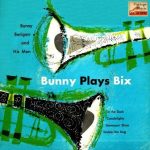 Bunny Plays Bix, Bunny Berigan
Bunny Plays Bix, Bunny Berigan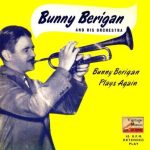 Plays Again, Bunny Berigan
Plays Again, Bunny Berigan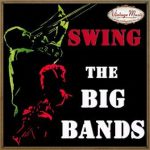 50 Big Bands And The Best Swing For Dancing
50 Big Bands And The Best Swing For Dancing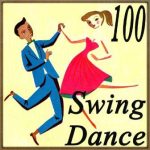 100 Swing for Dance
100 Swing for Dance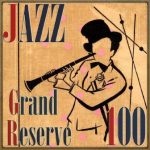 100 Jazz Grand Reserve
100 Jazz Grand Reserve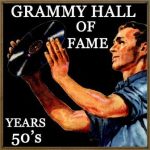 Grammy Hall Of Fame
Grammy Hall Of Fame



